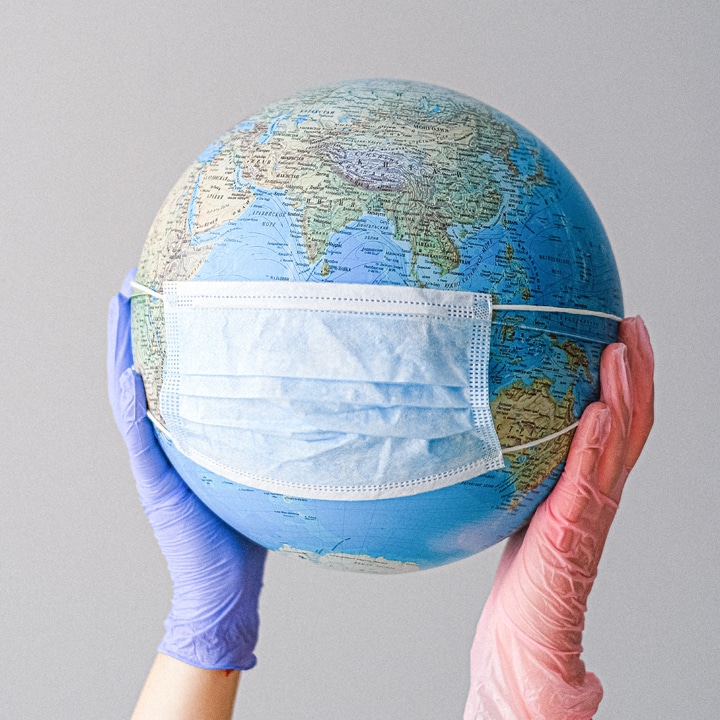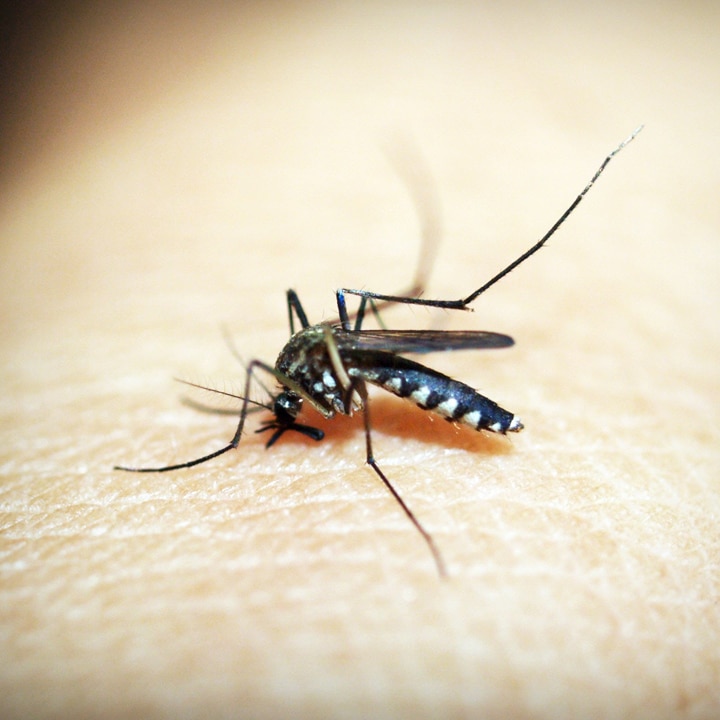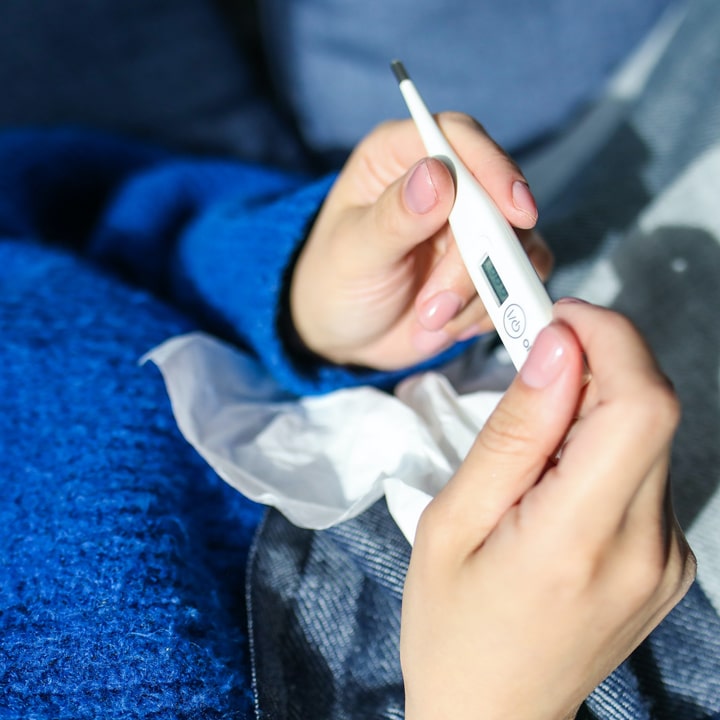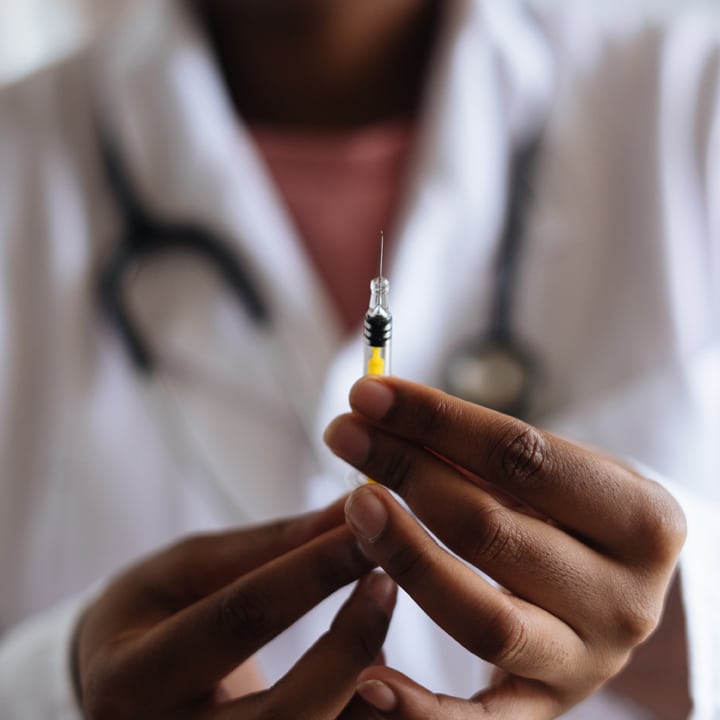
2020 has changed the way we travel.
It’s taught us that staying healthy and keeping each other safe while at home and while traveling are the most important things.
COVID-19 has enforced masks, social distancing, and stocking up on hand sanitizer and hand soap, along with several other germ-free items.
By following strict guidelines from the CDC and the WHO, we will begin to see a safe, healthy, happy world once again and we can’t wait to explore it!
But for now, let’s stay educated on COVID-19 with the help of WHO, as well as other risks and diseases we face when we travel.
Here are 10 common travel diseases and how to prevent them.
West Nile Virus

The West Nile Virus is a virus that is most commonly caused by the bite of a mosquito that has been infected by a bird.
According to the CDC, 8 out of 10 people infected do not show symptoms, about 1 in 150 people develop a severe case. The severe case symptoms can include encephalitis (inflammation of the brain) or meningitis (inflammation of the membranes that surround the brain and spinal cord), and high fever, headache, neck stiffness, stupor, disorientation, coma, tremors, convulsions, muscle weakness, vision loss, numbness, and paralysis.
The West Nile Virus is common in temperate and tropical regions like East Africa, Latin America and the Caribbean.
To protect yourself from mosquito bites, use Environmental Protection Agency (EPA)-registered insect repellents, wear long-sleeved shirts and pants, stay in places with screens on the windows and doors, and use a bed net.
Typhoid Fever

Typhoid Fever is caused by Salmonella Typhi bacteria. According to the CDC, typhoid fever occurs in countries with poor sanitation.
The person who is infected can spread this bacteria to others when they do not wash their hands and touch things that others touch. The water used to rinse and prepare food and drink can also become contaminated and infect others. People with typhoid fever usually have a high fever of 103–104°F (39–40°C).
Other symptoms include weakness, stomach pain, a rash, headache, diarrhea or constipation, cough, and loss of appetite. Paratyphoid fever is a similar disease also caused by bacteria.
The best ways to prevent getting typhoid fever include getting vaccinated, choosing food and drinks carefully when you travel, and washing your hands! (sounds familiar, eh?).
Cholera

Cholera is a diarrheal illness caused by infection of the intestine. According to the CDC, the cholera bacterium is usually found in water or food sources that have been contaminated by feces from a person infected with cholera.
Cholera is most likely to be spread in places with poor water treatment, poor sanitation, and poor hygiene. This disease is usually mild with no symptoms but can cause profuse watery diarrhea, vomiting, and leg cramps.
The five basic cholera prevention steps include drinking and using safe water, washing your hands often, using latrines or burying your poop, cooking food well (can be found in few fish), and cleaning up safely.
Malaria

Malaria is caused by a mosquito bite and is found most commonly in Africa, Central, and South America, the Caribbean, Asia, Eastern Europe, and the South Pacific.
Malaria is categorized as either uncomplicated or complicated (severe). Malaria is curable if it is treated and diagnosed properly. Uncomplicated malaria generally presents itself as a cold stage (cold, shivering), a hot stage (fever, headaches, vomiting) and a sweating stage (sweats, returns to normal temperature, tiredness).
More commonly, these symptoms are reported: fever, chills, sweats, headaches, nausea and vomiting, body aches, and general malaise.
Severe malaria occurs when infections are complicated by serious organ failures or abnormalities in the patient’s blood or metabolism. Those symptoms can include cerebral malaria, severe anemia, hemoglobinuria, acute respiratory distress syndrome (ARDS), an inflammatory reaction in the lungs that inhibits oxygen exchange, abnormalities in blood coagulation, low blood pressure, acute kidney injury, hyperparasitemia, metabolic acidosis, and hypoglycemia.
Check out the CDC site for diagnosis and treatment of malaria.
Norovirus

Norovirus is a contagious virus that causes vomiting and diarrhea in all ages. You can catch this virus from direct contact with an infected person, consuming contaminated food or water and by touching contaminated surfaces and then putting your unwashed hands in your mouth!
The most common symptoms include diarrhea, vomiting, nausea, stomach pain, and is commonly called the ‘stomach bug’ or the ‘stomach flu.’ However, it is not related to the flu.
According to the CDC, it is the leading cause of illness and outbreaks from contaminated food in the United States.
In order to prevent the norovirus, you need to follow a few preventative measures including washing your hands, handling food properly and safely, cleaning and disinfecting surfaces, and washing laundry thoroughly.
Dengue

Dengue is another common travel disease spread through mosquito bites. It is common in tropical and subtropical regions, including the Caribbean, Central and South America, Western Pacific Islands, Australia, Southeast Asia, and Africa.
Symptoms include fever, headache, nausea, vomiting, rash, pain in the eyes, joints, and muscles, and minor bleeding. They may take up to two weeks develop, but usually only last about a week, according to the CDC.
To prevent being bitten by a mosquito, use proper insect repellent, wear long sleeved shirts and pants, use permethrin-treated clothing and gear, sleep in air conditioned rooms, and use bed nets.
Tetanus

Tetanus is an infection caused by a bacteria called Clostridium tetani. This common travel disease causes painful muscle contractions and is commonly known as “lockjaw” because it causes a person’s neck and jaw muscles to lock, making it hard to open the mouth or swallow.
What’s different about this common travel disease is that it does not transfer from person to person, the bacteria are usually found in soil, dust, and manure and enter the body through breaks in the skin — cuts or wounds caused by contaminated objects.
It’s common in countries that don’t have access to immunization and very rare in the United States.
Tuberculosis

Tuberculosis is common in Asia, Sub-Saharan Africa and South and Central America. Symptoms of tuberculosis depend on where in the body the TB bacteria are growing – most commonly in the lungs.
TB in the lungs includes a bad cough that lasts 3 weeks or longer, pain in the chest, and coughing up blood or phlegm. Other symptoms can include weakness or fatigue, weight loss, no appetite, chills, fever, and night sweats.
You can get TB by being exposed to someone who already has it, however, it is not spread by shaking someone’s hand, sharing food or drink, touching bed linens or toilet seats, sharing toothbrushes, or kissing. It is spread through the air – so when someone who is infected coughs, speaks or sings.
Getting TB during air travel is very low risk. If you are in contact with someone who has TB, ask about administrative and environmental procedures for preventing exposure to TB. Additional measures include using personal respiratory protective devices.
Pertussis (Whooping Cough)

Pertussis, also known as Whooping Cough, is a disease that spreads to others when those infected with the bacteria cough, sneeze, or share the same breathing space. Early symptoms can include runny nose, low fever, and mild cough.
Later symptoms of the disease may include “fits” of many rapid coughs followed by a high-pitched “whoop,” vomiting, and exhaustion. The coughing fits can last for 10 weeks or more. While the disease is found worldwide, more whooping cough is seen in developing countries where very few people get vaccinated.
Babies can get whooping cough if their relatives have the disease, and it can cause serious and sometimes deadly complications for them.
The best way to prevent whooping cough is to stay up-to-date with whooping cough vaccines.
Yellow Fever

Yellow Fever is a disease caused by a virus that is spread through, you guessed it, mosquito bites!
Symptoms generally include fever, chills, headache, backache, and muscle aches. Severe cases result in bleeding, shock, organ failure, and sometimes death – but this is rare.
You are at risk for Yellow Fever when visiting parts of South America and Africa, getting a vaccine is highly encouraged. The vaccine is recommended at least 10 days before your trip.
In addition, to prevent mosquito bites, cover exposed skin with long sleeves, pants, use the appropriate insect repellent, reapply the repellent as directed, use permethrin-treated clothing and gear, sleep in air-conditioned rooms, and use a bed net when needed.
Now that you’ve seen our list of common travel diseases, what do you think? Did anything surprise you? Leave us a comment below!














